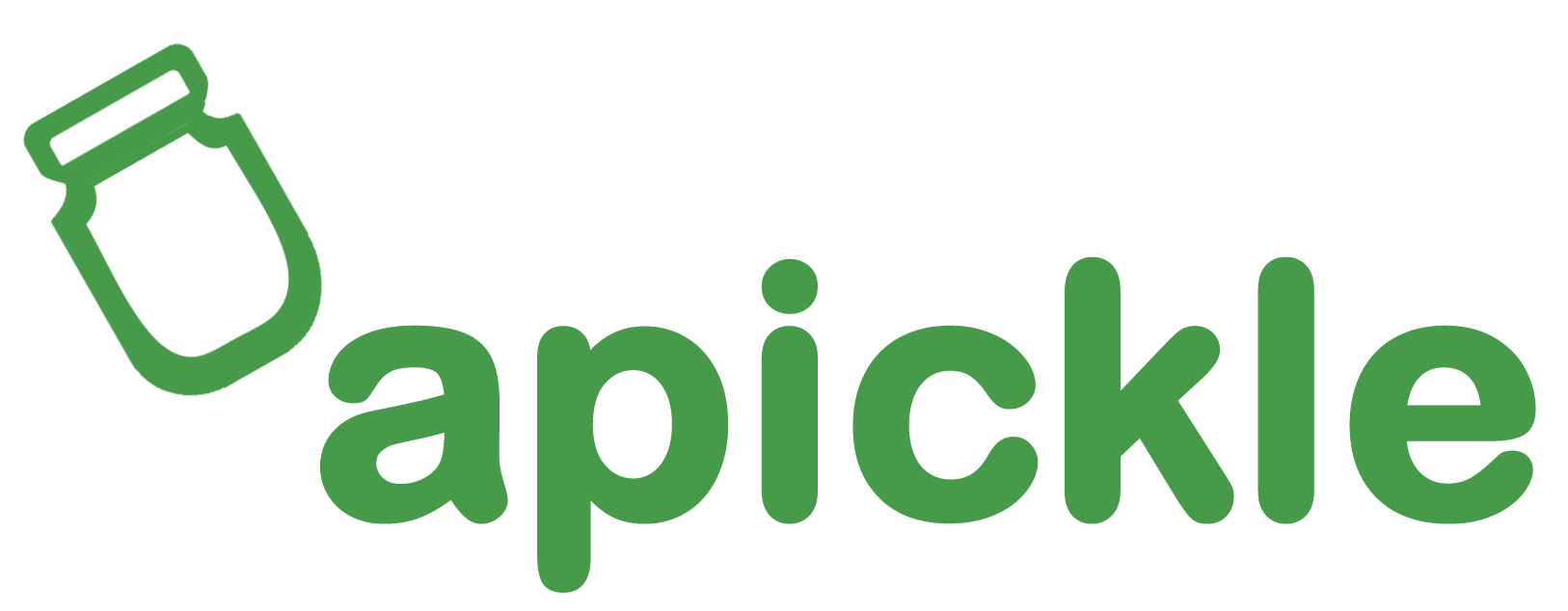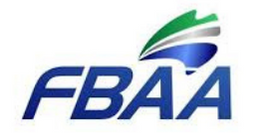When managing business finances, understanding the nuances between debt refinancing and debt restructuring is crucial. Both strategies offer ways to manage debt, but they serve different purposes and are suitable for different situations. This guide will delve into these two financial strategies, highlight their differences, and explain why apickle specialises in debt restructuring to help businesses achieve financial stability.
Understanding Debt Refinancing
Debt refinancing involves taking out a new loan to pay off existing debts. This strategy can help businesses secure better terms, such as lower interest rates or extended repayment periods, making debt more manageable.
How It Works:
- Borrowing a New Loan: The business takes out a new loan, ideally at a lower interest rate, to repay existing debts.
- Improving Terms: The primary goal is to improve loan terms, which can include lower monthly payments, reduced interest costs, or a longer repayment schedule.
Typical Scenarios:
- When interest rates have dropped since the original loan was taken out.
- If the business’s credit rating has improved, making them eligible for better loan terms.
- To consolidate multiple debts into a single, more manageable loan.
Understanding Debt Restructuring
Debt restructuring involves negotiating with creditors to reduce the overall debt burden. This can include extending the repayment period, reducing the interest rate, or even cutting the total amount owed.
How It Works:
- Negotiating Terms: Businesses work with creditors to alter the terms of the debt agreement.
- Reducing Debt Exposure: The goal is to make debt more manageable by lowering payments or reducing the principal amount.
Suitable Situations:
- When a business is facing financial distress and cannot meet its debt obligations.
- If cash flow issues are jeopardising the business’s ability to operate.
- When long-term financial stability is at risk without significant changes to debt terms.
Key Differences Between Debt Refinancing and Debt Restructuring
Understanding the distinct approaches and outcomes of debt refinancing and debt restructuring is essential for choosing the right strategy:
- Objective:
- Refinancing: To secure better loan terms and reduce costs.
- Restructuring: To reduce debt burden and avoid insolvency.
- Process:
- Refinancing: Involves taking a new loan to pay off existing ones.
- Restructuring: Involves negotiating with creditors to alter debt terms.
- Implications:
- Refinancing: Can improve financial health and creditworthiness if managed well.
- Restructuring: This involves negotiating with your creditors to secure a favourable loan-to-value ratio (LVR), which will ultimately improve both your personal and company credit scores.
When to Choose Debt Refinancing
Specific Scenarios:
- Interest rates are lower than your current loan rates.
- You have improved creditworthiness.
- You want to consolidate multiple loans into one.
Benefits:
- Lower Interest Rates: Can significantly reduce the cost of borrowing.
- Simplified Debt Management: Consolidating multiple debts into a single loan simplifies repayments.
- Cost Savings: Reduced interest rates and better terms can save money in the long run.
When to Choose Debt Restructuring
Specific Scenarios:
- Facing severe cash flow issues.
- Unable to meet current debt obligations.
- At risk of insolvency without debt restructuring.
Benefits:
- Debt Reduction: Reduces the total amount owed.
- Improved Cash Flow: Lower monthly payments improve cash flow.
- Financial Stability: Helps stabilise finances during periods of distress.
How apickle Can Assist with Debt Restructuring
At apickle, we offer comprehensive debt restructuring services tailored to your business needs:
- Secured Equity Finance:We offer a new home loan and use part of your remaining equity to recapitalise your business and reduce business debt.
- Expert Negotiators: Our team specialises in negotiating favourable terms with creditors.
- Improving Loan-to-Value Ratios (LVRs):We work to negotiate with your creditors to secure a favourable loan-to-value ratio (LVR), which will ultimately improve both your personal and company credit scores.
While we do not directly offer tax advice, we collaborate with your tax advisors to ensure a holistic approach to debt management and financial health.
Case Study Example
Imagine a mid-sized business struggling with substantial debt and unable to meet its obligations. Here’s how apickle can help:
- Initial Assessment: We conduct a thorough review of the business’s financial situation.
- Debt Restructuring Plan: Develop a customised plan to negotiate with creditors and reduce the debt burden.
- Securing Finance:We offer a new commercial debt restructuring home loan and use part of your remaining equity to recapitalise your business and reduce business debt.
- Positive Outcomes: The business stabilises its finances, avoids insolvency, and positions itself for future growth.
Let’s Figure Out The Best Solution For You
Understanding the differences between debt refinancing and debt restructuring is crucial for making informed decisions about managing your business’s financial health. Each strategy offers unique benefits and challenges, and choosing the right one depends on your specific circumstances.
If your business is facing financial difficulties, contact apickle for expert debt restructuring services. Our tailored solutions and collaborative approach with tax advisors ensure long-term financial stability and success.
By staying informed and seeking professional assistance, you can navigate financial challenges effectively and secure a prosperous future for your business.



